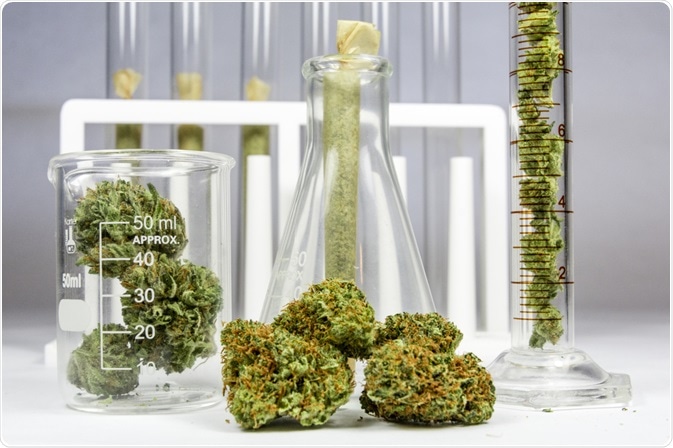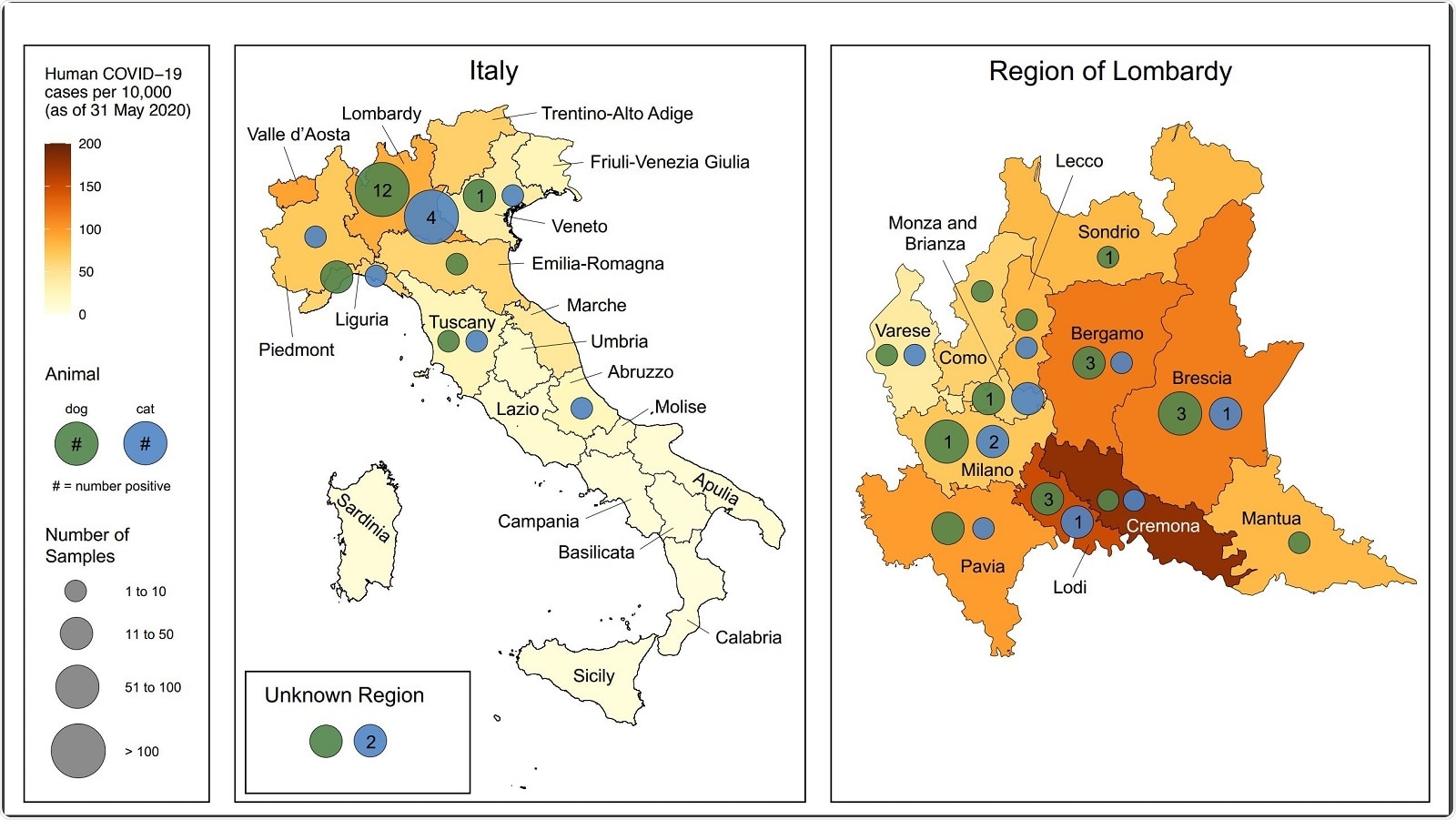Rep. Alexandria Ocasio-Cortez (D-N.Y.) eviscerated Rep. Ted Yoho (R-Fla.) on the House floor after he lobbed the insult at her. Here's a closer, uncensored look why that matters.
By Emma Gray, HuffPost US
Two words placed side by side with great frequency are what linguists call “a collocation.” The pairing’s existence indicates that the words pack a greater punch when used in tandem.
When Rep. Ted Yoho (R-Fla.) called Rep. Alexandria Ocasio-Cortez (D-N.Y.) a “fucking bitch” on the steps of the U.S. Capitol this week, he used one such collocation. “Fucking” and “bitch” form a neatly packaged jab, giving the user the ability to spit venom without creativity or context — what I like to refer to as “the lazy man’s insult.”
Most often, these words come out of the mouth of a man and are directed at a woman. It doesn’t matter what she’s done (if anything) to provoke the insult. Regardless of context, the words indicate that a woman has taken up space the speaker would prefer she did not. He alone is entitled to opinions, to power, to the eyes and ears of those whom he has decided matter. She’s just a “fucking bitch.”
It seems likely that this is how Yoho deployed the collocation against Ocasio-Cortez. Yoho accosted Ocasio-Cortez, according to The Hill, calling her “disgusting” because of her recent remarks tying increased crime to increased poverty. The congresswoman then reportedly told her colleague that he was being “rude.” After they parted ways, Yoho said aloud, “Fucking bitch.” The entire exchange was witnessed by a reporter.
The words indicate that a woman has taken up space the speaker would prefer she did not. He alone is entitled to opinions, to power, to the eyes and ears of those whom he has decided matter. She’s just a 'fucking bitch.'
On Wednesday, Yoho stood on the House floor and delivered a classic faux-pology, using all the greatest hits of men who don’t really want to take responsibility for their actions. He denied that he had even said the “offensive name-calling words attributed” to him, invoked his wife and daughters as proof of his innate goodness, and added an I’m-sorry-if-you-were-offended clause for good measure. “If [my words] were construed that way I apologize for their misunderstanding,” he said.
This morning, Ocasio-Cortez, along with a group of her colleagues, including fellow women of color Rep. Pramila Jayapal (D-Wash.) and Rep. Nydia Velasquez (D-N.Y.), eviscerated Yoho and his casual misogyny on that same floor. Ocasio-Cortez made it clear that Yoho’s own speech had prompted hers.
“I could not allow my nieces, I could not allow the little girls I go home to, I could not allow victims of verbal abuse and worse to see that, to see that excuse [from Rep. Yoho] and to see our Congress accept it as legitimate. And to accept it as an apology. And to accept silence as a form of acceptance,” she said. “I could not allow that to stand.”
She also made clear that having a wife and daughters — something that is often used by men who are trying to deflect from their own gender-based abusive behavior — does not tender you automatic entry into the club of Truly Decent Men.
“I am someone’s daughter, too,” she said. “My father, thankfully, is not alive to see how Mr. Yoho treated his daughter. My mother got to see Mr. Yoho’s disrespect on the floor of this House toward me on television, and I am here because I have to show my parents that I am their daughter and that they did not raise me to accept abuse from men.”
I’ve been covering gender and politics for nearly a decade and I can’t remember a moment on C-SPAN that left me feeling more exhilarated.
“Bitch” has been invoked by men since the 15th century to cut down women who step outside of their appointed roles. “It taps into and reinforces misogyny: contempt for and anger at women simply for being women,” said Georgetown University professor Deborah Tannen. “Simply for being.”
Originally meant to connote lewdness and immorality ― like a mating female dog ― by the 1700s, the purview of “bitch” had expanded to include “stubborn” or “headstrong” women; women who could not be controlled, said Kory Stamper, lexicographer and author of “Word by Word: The Secret Life of Dictionaries.” “Calling a woman a bitch tells her that she’s too loud, too forward, too obnoxious, too independent, too-too,” Stamper told HuffPost. “Calling her a bitch reminds her that she should, like a hunting dog, be controllable.”
And as Rep. Jayapal pointed out on the House floor after Ocasio-Cortez spoke, between 1915 and 1930, the use of “bitch” in books more than doubled. This occurred in tandem with the popularization of the women’s suffrage movement and the subsequent ratification of the 19th amendment, which gave white women the right to vote. Hell hath no fury like a man who has to share the ballot box.
A century later, the insult is still being deployed against American women who hold or seek power. During the 2016 election, Donald Trump rallies were littered with swag that encouraged voters to “Trump That Bitch.” Today you can order a T-shirt on Amazon that asks the president to “Ditch the bitch” and impeach Speaker of the House Nancy Pelosi (D-Calif.).
Back and front of Hillary-Monica t-shirt outside Trump rally. Vendor told me they sell it in size "sexy" too pic.twitter.com/tBgQIzDwXf— Amanda Terkel (@aterkel) April 18, 2016
And it’s not just women in politics that have to endure being called a “fucking bitch.” When journalist Liz Plank put out a call on Twitter asking women for the most mundane thing they had done to elicit the insult being thrown at them, I had to pause and think about it. Not because I haven’t heard the words said to me, but because it’s happened so often and with so little provocation that it hardly makes an impression. Was the most mundane thing walking down the street and not smiling? Tweeting a news article? Not engaging with a stranger who decided that he wanted to engage with me?
The everyday-ness and casual degradation of the slur is something that Ocasio-Cortez got at in her speech when she said that she had “tossed men out of bars that have used language like Mr. Yoho’s”; that all women “have had to deal with this in some form, some way, some shape at some point in our lives.”
Language shapes our understanding of the world and then allows us to express beliefs about the world that in turn continue to reinforce those initial impressions. But language can also be revolutionary; a living record of change, and a way to push back against widespread beliefs that have more than run their course. And that’s why it matters that Ocasio-Cortez and her female colleagues used their words — powerful, loud, piercing words; words that echoed far beyond the chambers of Congress — to force their fellow elected officials and the American public to take a beat.
In 2020, we are still collectively terrified of women, and especially of women of color, who dare to wield power. But unlike 1920, there are now a critical mass of women in our government who can stare that terror down and say, like Rep. Jayapal did, “We are not going away. There are going to be more of us here.”















